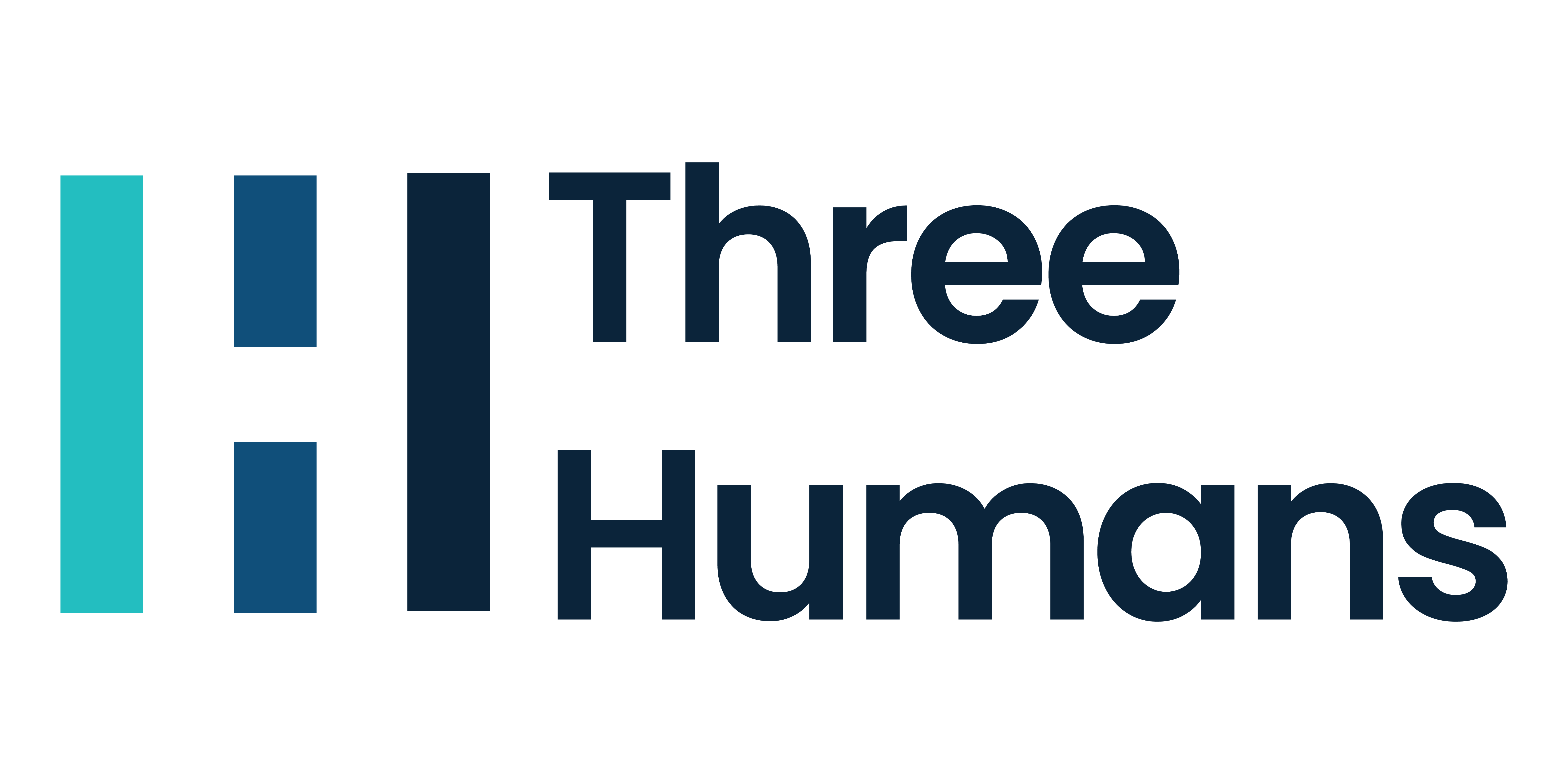To create an effective staff development plan, it’s essential to start by pinpointing the learning needs within the organization. This involves gathering insights through surveys or interviews to grasp individual and team requirements and analyzing performance feedback to identify areas for growth. With this information in hand, the next step is to set clear and attainable goals.
Examples of Learning Initiatives
Once goals are established, the focus shifts to implementing impactful development programs, such as:
- Tech training sessions to adapt to new technologies
- Workshops to enhance job-relevant skills
- In-house mentoring and coaching opportunities
- Cross-training initiatives within the organization
- Support for employees pursuing certifications
- Leadership development initiatives
- Team-building exercises fostering collaboration
- Peer learning platforms for knowledge exchange
Promoting Employee Engagement
Engaging employees is crucial for the success of any staff development plan. Cultivating a culture of continuous learning, providing accessible in-house training resources, offering employee assistance programs, and providing flexible learning options are key strategies to encourage participation.
Continuous Improvement and Adaptation
Implementing a staff development plan is an ongoing process that requires constant evaluation. Gathering performance feedback and conducting regular reviews help gauge effectiveness. Flexibility is essential, and making adjustments based on feedback ensures the plan remains aligned with individual and organizational objectives. This dynamic approach not only fosters employee growth but also contributes to the organization’s overall success.
